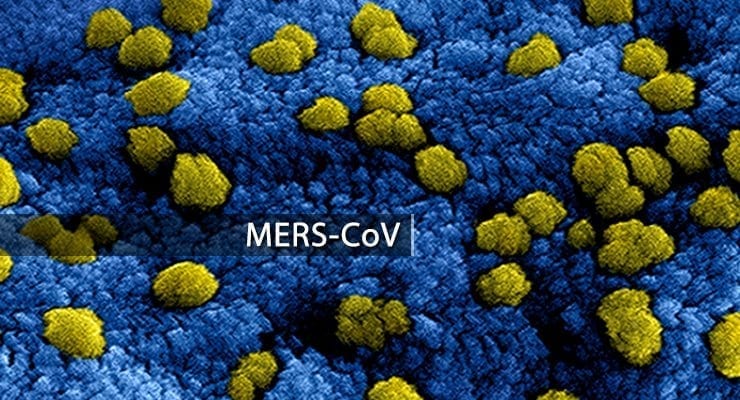The World Health Organization (WHO) yesterday conducted the ninth meeting of the Emergency Committee (EC) to discuss recent cases of Middle East respiratory syndrome coronavirus (MERS-CoV) in the Republic of Korea and biosecurity measures for the region.
To date, a total of 154 MERS-CoV cases, including 19 deaths, have been reported from the outbreak there, with cases clustered around health facilities.
The WHO Secretariat updated the Committee on epidemiological and scientific developments, including recent cases and transmission patterns in the Republic of Korea and China, related risk assessments, and control and prevention measures. These countries provided updates and assessments on the MERS-CoV situation and developments in their countries.
Members and advisers of the Committee who participated in the recent Republic of Korea-WHO MERS Joint Mission shared their observations on the primary factors contributing to the rapid spread of MERS-CoV in the Republic of Korea:
- The appearance of MERS-CoV was unexpected and unfamiliar to most physicians
- Infection prevention and control measures in hospitals were not optimal
- Extremely crowded Emergency Rooms and multi-bed rooms contributed significantly to nosocomial infection in some hospitals.
- The practice of seeking care at a number of medical facilities (“doctor shopping”) may have been a contributing factor
- The custom of having many friends and family members accompanying or visiting patients may have contributed to secondary spread of infection among contacts.
Thus far, the epidemiological pattern of this outbreak appears similar to hospital-associated MERS-CoV outbreaks that have occurred in the Middle East. However, the Joint Mission was not been able to determine whether environmental contamination, inadequate ventilation, or other factors have had a role in transmission of the virus in this outbreak and stated a compelling need for further investigation.
The Committee noted that available evidence on genetic sequencing did not identify any significant changes in the viruses obtained from cases in the Republic of Korea compared to viruses from the Middle East.
There is no current evidence of sustained community transmission. The Committee noted that subsequent public health measures to stop the outbreak, including extensive efforts to enhance contact tracing and steps to ensure that cases and contacts (during the incubation period) are appropriately isolated or quarantined and monitored and that they do not travel, appear to have coincided with a decline in the incidence of cases.
The Committee concluded that the conditions for a Public Health Emergency of International Concern have not been met. In reaching this conclusion, they noted that after the outbreak was detected, and after a period of organization, the Republic of Korea has strongly initiated actions to bring this outbreak under control.
The actions taken include use of multiple approaches to identify contacts and to ensure their appropriate quarantine and monitoring, as well as effective means to stop inappropriate travel of cases and contacts during the period of time when they are potentially infectious.
Based on the Committee’s advice and information currently available, the WHO determined it will not currently recommend any travel or trade restrictions and considers screening at points of entry to be unnecessary at this time.
Image: Colorized scanning electron micrograph of Middle Eastern Respiratory Syndrome virus particles attached to the surface of an infected VERO E6 cell. Credit: NIAID, adapted.


